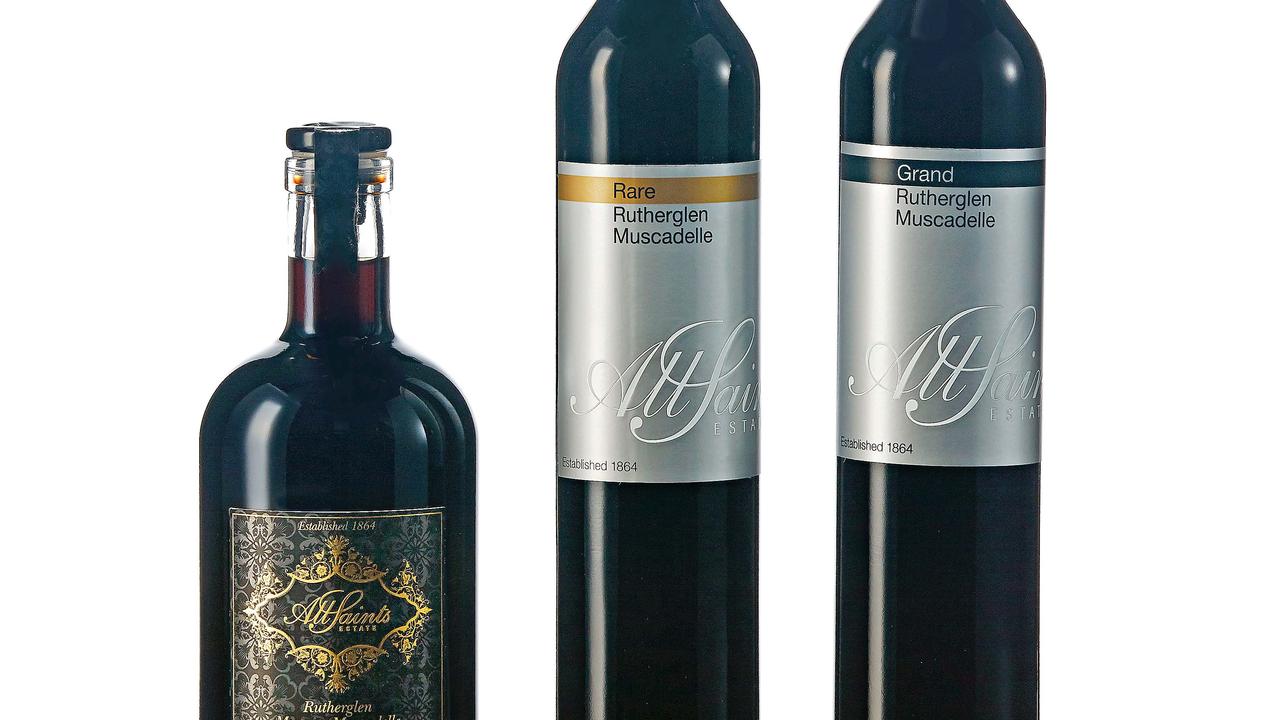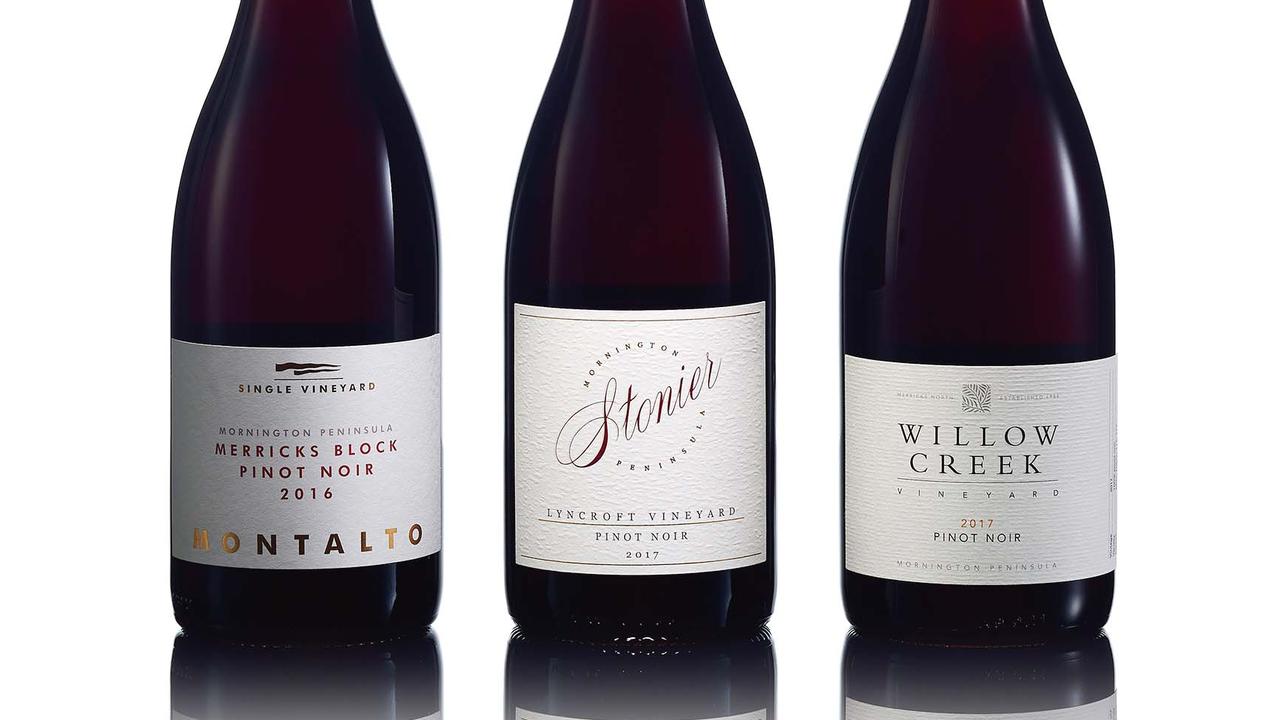Climate unchanged
UNTIL recently, the accepted wisdom among winemakers has been that climate is more important than soil type and structure.
UNTIL recently, the accepted wisdom among winemakers has been that climate is more important than soil type and structure.
That's because of the sheer size of most of Australia's legally recognised 63 regions and subregions and their spread across climates ranging from very cool to temperate to warm to hot.
There is one region, however, in which the climate is constant and the soil (and subsoil) is all-important. That region is the Coonawarra - as long as you forget the irrelevant boundaries drawn by lawyers and focus instead on the 2km-wide, 20km-long strip of terra rossa. Situated on the Limestone Coast of South Australia and running north-south, it is perched on a low limestone dune, around 600,000 years old, which was left after the sea retreated 80km to the present coastline.
Wynns is by far the largest owner of terra rossa, and its viticulturist Allen Jenkins and winemaker Sue Hodder have spent more time than any others analysing and understanding the soil of this perfectly flat landscape. As well as the use of lasers for planting patterns, airborne studies have been adopted, with Wynns using infra-red mapping techniques to assess vine vigour, almost down to vine-by-vine detail.
More recently, the Phylloxera and Grape Industry Board of South Australia carried out airborne elevation mapping of the terra rossa cigar (as it is known), taking in the black soils on the western side and the sandy soils on the east.
The board provided Wynns with the details of its holdings, which revealed that the prized terra rossa had an elevation of 54m to 61m above sea level, while the unsuitable black soils were at an elevation of 50m to 53m. So, within 5m or 10m, you can move from some of the greatest soil in Australia to some of the worst. It's enough to bring a smile of recognition from any Burgundian grape grower.
2010 Wynns Coonawarra Estate Alex 88 Cabernet Sauvignon
The grapes often form part of Wynns' flagship wine, John Riddoch. The colour is strong crimson-purple; the bouquet exudes blackcurrant fruit and Coonawarra earthy notes, picked up and amplified on the medium- to full-bodied palate, where French oak and powerful tannins add another dimension. For release in 2014. 13.5% alc; screwcap. 95 points; drink to 2040; $80
2010 Wynns Coonawarra Estate V&A Lane Cabernet Shiraz
A blend of co-fermented cabernet sauvignon (76%) and shiraz (24%), matured for 15 months in new and used French oak barrels. It shares the bright, deep colour of all the '10 releases, the bouquet with a classic mix of plum and cassis on the medium- to full-bodied palate. 13.5% alc; screwcap. 94 points; drink to 2035; $60
2010 Wynns Coonawarra Estate Messenger Cabernet Sauvignon
The second release from the Messenger Vineyard, planted in 1985. The colour is superb, the wine all that is great about Coonawarra cabernet; flush with cassis fruit, it fills and caresses every corner of the mouth, the tannins ripe and perfectly balanced. 13.5% alc; screwcap. 96 points; drink to 2040; $80


